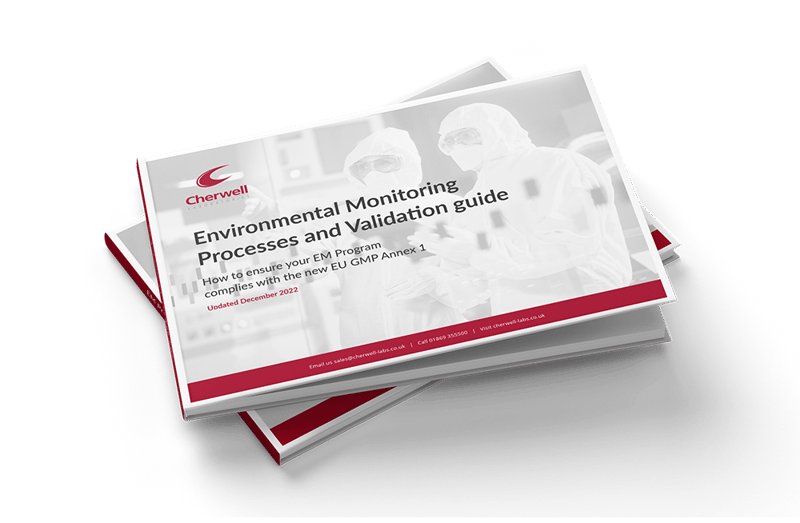SAS Duo 360 from Cherwell Laboratories
Fadwa Alshareef and Geoffrey D. Robson reference the SAS Duo 360 in their paper 'Prevalence, persistence, and phenotypic variation of Aspergillus fumigatus in the outdoor environment in Manchester, UK, over a 2-year period' published in Medical Mycology. They used the SAS hand held microbial air sampler to determine the total airborne fungal count at monthly intervals over a two year period during their research.
The following is an abstract from their article which was published in Medical Mycology in May 2014, Volume 52, Issue 4:
Abstract
Aspergillus fumigatus, an opportunistic fungal pathogen that causes invasive aspergillosis in immunosuppressed patients, is considered to be the world’s most dangerous mould. It is widely distributed in the environment, and airborne asexual conidia serve as the main mode of transport for pulmonary lung infection. It is important to monitor seasonal airborne conidia levels when assessing the risk of acquiring this infection. In this study, air was sampled for total viable fungal spores and viable A. fumigatus conidia monthly over a 2-year period (2009 and 2010) close to Manchester, UK, city center. Total viable airborne fungal counts varied seasonally, peaking in the summer and autumn for both years and reaching levels of approximately 1100–1400 colony-forming units (CFU)/m3; counts were strongly positively correlated to mean temperature (R2 = 0.697). By contrast, A. fumigatus viable airborne counts were not seasonally associated; persistent low levels were between 3 and 20 CFU/m3 and were not correlated with mean temperature (R2 = 0.018). A total of 220 isolates of A. fumigatus were recovered on potato dextrose agar (PDA) at 45°C, and internal transcribed spacer sequencing and restriction digestion of a partial polymerase chain reaction amplicon of the β-tubulin gene (benA) of 34 randomly selected isolates were used to confirm the isolates as A. fumigatus. When the colony radial growth rates (Kr) were determined, the highest rates were observed on PDA, followed by Vogel’s medium supplemented with phosphatidylcholine and Vogel’s medium alone. Clinical isolates had a significantly higher mean colony Kr on PDA compared with environmental isolates.






